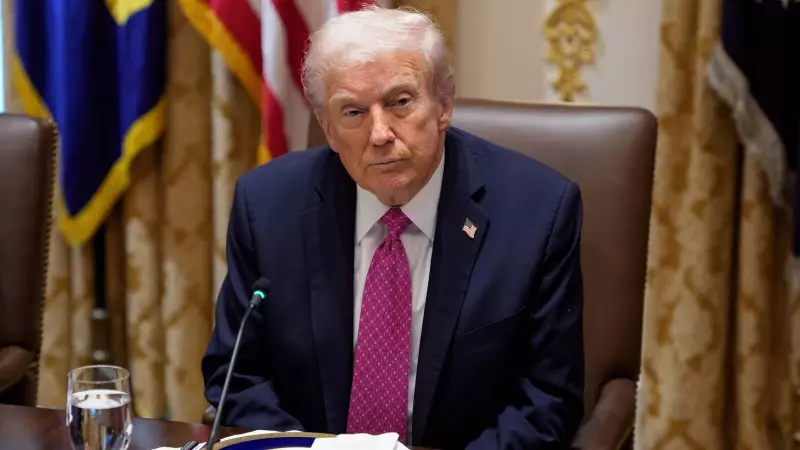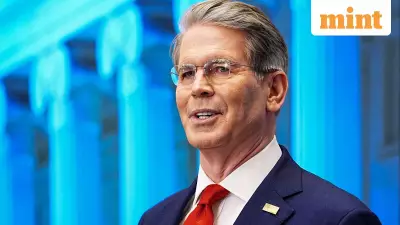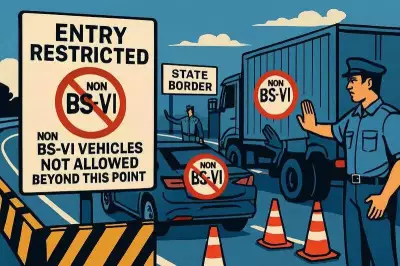
In a historic decision that could transform the financial futures of millions, the White House has given the green light to an extensive student loan forgiveness programme. This groundbreaking initiative promises to wipe clean billions of dollars in education debt for qualified borrowers across the United States.
Who Stands to Benefit from This Debt Relief?
The relief programme targets specific groups of borrowers who have been struggling under the weight of student debt for years. According to official sources, the plan includes:
- Long-term borrowers who have been repaying their loans for decades
- Low-income graduates enrolled in income-driven repayment plans
- Public service workers including teachers, nurses, and government employees
- Students who attended institutions that closed or were found to have engaged in misconduct
The Scale of Relief: What Numbers Reveal
Early estimates suggest this could be one of the most significant debt cancellation programmes in American history. While exact figures continue to emerge, preliminary data indicates:
"This isn't just about numbers on a balance sheet—it's about giving millions of Americans a fresh start and the opportunity to pursue their dreams without the anchor of student debt holding them back," an administration official stated.
How the Forgiveness Programme Works
The mechanism for debt relief involves multiple pathways, each designed to address different categories of borrowers. The administration has streamlined the process to ensure eligible individuals receive automatic relief without complex application procedures.
- Automatic qualification for borrowers meeting specific criteria
- Income verification through existing government channels
- Direct communication from loan servicers about eligibility status
- Phased implementation to ensure smooth processing
Economic Impact and Future Implications
Economists are closely watching how this massive debt relief will ripple through the American economy. The injection of disposable income could stimulate consumer spending, boost housing markets, and encourage entrepreneurship among former debt-burdened graduates.
This move represents a significant shift in how the US government approaches the growing student debt crisis, which has surpassed $1.7 trillion nationwide. The decision comes after extensive deliberation and legal review to ensure the programme's viability.
As implementation begins, millions of Americans are watching closely, hoping this marks the beginning of the end for their student debt burdens and the start of new financial freedom.





